Scoop on Pet Food Storage
If you're like most pet owners who buy a bag of pet food, open it up, and pour it into a container for storage, we would like to comment that this common practice can make your food less nutritious and potentially expose itself. risks to your pet's health.
Ideal storage conditions
Hopefully, you've learned a lot from your vet and carefully (and objectively) select the best food for your pet. But what you do after you buy the food is an important part of keeping your pet healthy and safe and providing the best nutrition possible. Dry and canned pet food should be stored indoors at cool temperatures (ideally keeping the temperature below 80 ° F) with low humidity.
When exposed to high temperatures or humidity, the fats in pet food can turn rancid and the nutrients in the food can break down. High temperatures and humidity also provide the perfect environment for mold and bacteria to thrive. Pet food shouldn't get too cold either, so avoid storing pet food outside where freezing temperatures are possible.
Tip: Store your pet's food indoors in a cool, dry area. Extreme heat, cold, and humidity can affect the quality, safety, and nutritional value of food.
Use bag protection
Ideally, dry food should be stored in its original bag. Many manufacturers do a lot of research on packaging and test the shelf life of food in the original packaging. Not only can bags help minimize pests and other contaminations, but they can also help protect nutrients in food from spoiling. Plus, all the critical information you need about the food is on the label (UPC code, expiration date, etc).
Tip: Lose your breath! After feeding your pet, squeeze as much air out of the bag as possible and seal it securely with the bag seal, a paper clip, or tape. Exposing dry pet food to air causes the nutrients to break down more quickly and can expose the food to bacteria in the environment.
In case of emergency
In addition to improving storage, keeping food in its original bag also allows quick access to crucial information in the event of a recall or foodborne illness. This includes the exact product and manufacturer, UPC code, lot number, and expiration date.
Tip: If you don't store your pet's food in its original bag, record the manufacturer, exact product name, UPC code, lot number, and expiration date each time you start a new bag. This information can be cut from the label and filed or annotated and taped into the storage container. You can also take a photo of these key areas of the label to be stored on your phone.
Pets: Keep them away!
It is best to keep the food in its original bag and place it in an airtight container. If your pet gets into his own bag of food and overeats, or ingests food intended for another pet, he could become seriously ill. If the entire bag cannot be placed in the airtight container, keep it tightly sealed and out of the reach of your pet.
Tip: Some pets are particularly dedicated and resourceful at opening food storage containers, so you may need to invest in an extra safe dog-proof container, or store the food in a room that your pet cannot access.
Avoid pests
Insects, rodents, and other pests can get into your pet's food. Keeping your pet's food in an airtight container helps keep pests out (as well as hungry pets!). Important, keep the food bag off the floor to minimize pests.
Tip: If you are pouring your pet's food into another container, make sure that container has been completely used up before adding new food. Thoroughly wash and dry the container between new bags.
Mites
In addition to bacterial or rodent visitors, dry food can become contaminated with storage mites. This can happen when pet food is stored outdoors, but these sneaky little critters can also invade through faulty seals on pet food bags. They grow well in high-protein and high-fat foods, so most pet foods provide the perfect conditions.
Tip: Pet food contaminated with mites can cause allergies in dogs and cats, one of the many reasons pets can be misdiagnosed with food allergies (true food allergies are very rare).
Canned food
Canned foods must also be stored properly. Generally, the storage temperatures of canned foods are similar to those of dry foods (40-80˚F). Avoid freezing canned foods as they can affect the taste, texture, and nutritional value of foods.
Tip: Once you open a can of pet food, immediately refrigerate any unused food. Once opened, even if refrigerated, canned foods must be discarded after 72 hours.
How long can you use it?
Unopened pet food must be used before the "best buy" date on the label. How long pet food stays fresh after opening depends on many factors, including how you store it. To keep it as fresh and nutritious as possible, once you open a new bag of pet food, I recommend using it within 2-3 months.
If your food bags last longer, I recommend buying the food in smaller bags. While these storage times and recommendations provide general guidelines, you can also contact the manufacturer of your pet's food; some have done extensive research on optimal storage conditions and shelf life testing of their individual products.
Tip: Recommended storage times after opening and expiration dates may vary by manufacturer and individual products (for example, diets rich in fish oil tend to have a shorter shelf life). Check the expiration date on your pet's food bag to make sure you are feeding your pet the safest, freshest, and most nutritious food possible.
Author: Clinical Nutrition
By: All Pet Food


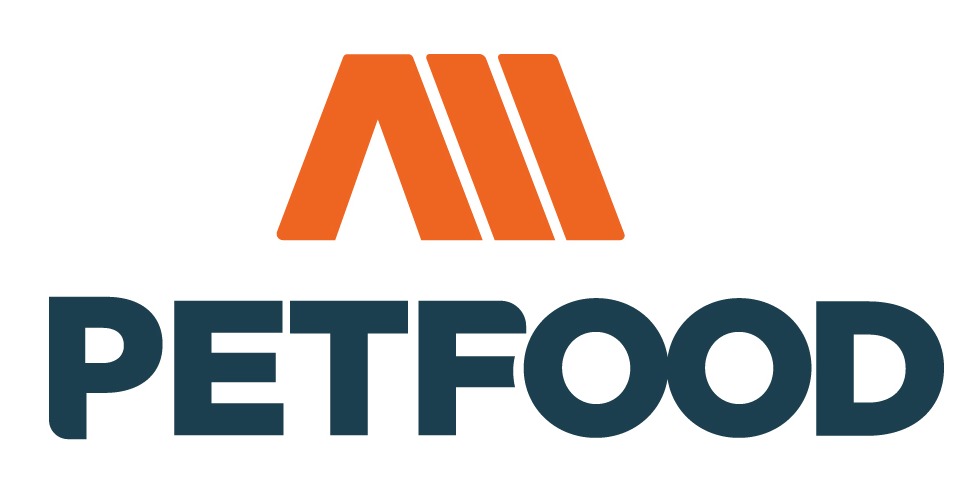


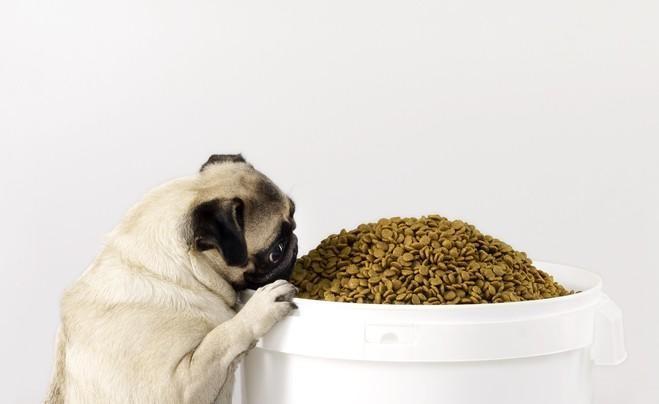


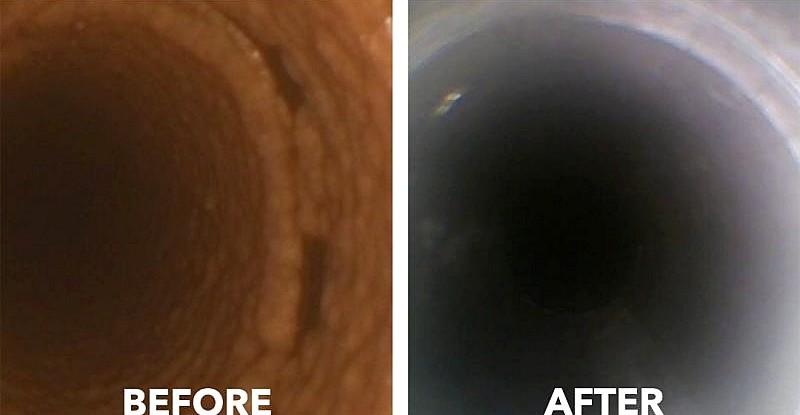



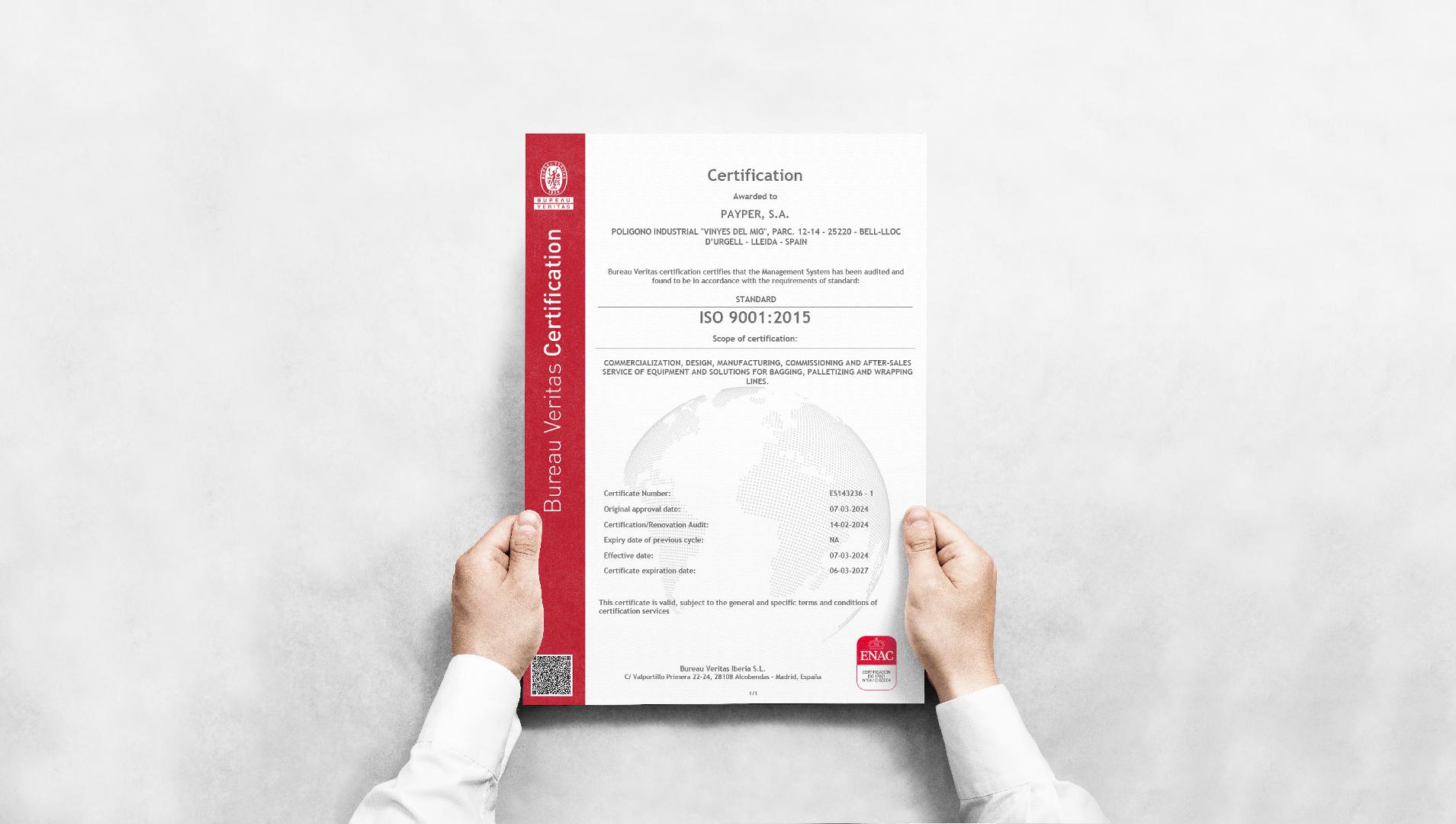
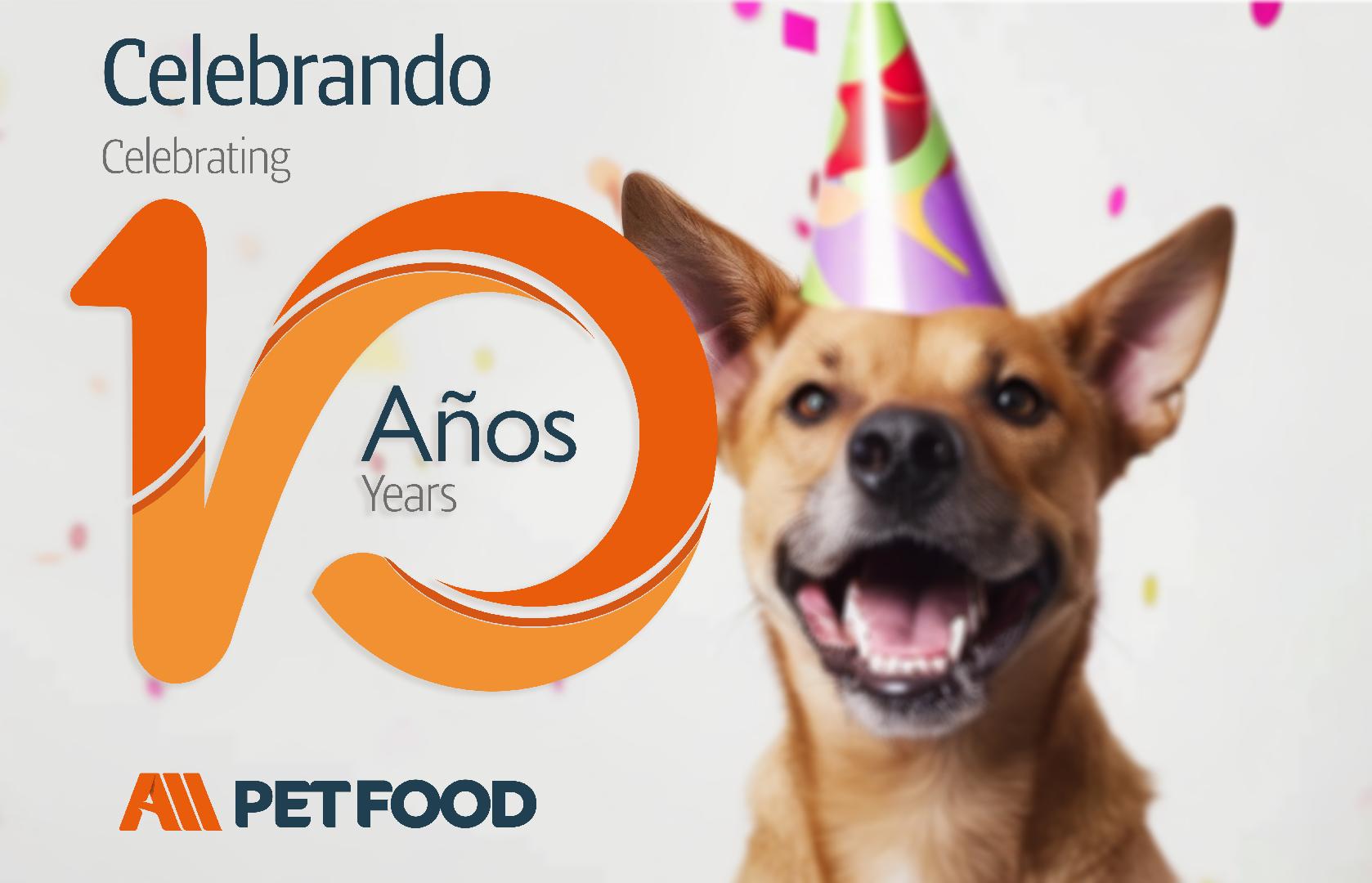
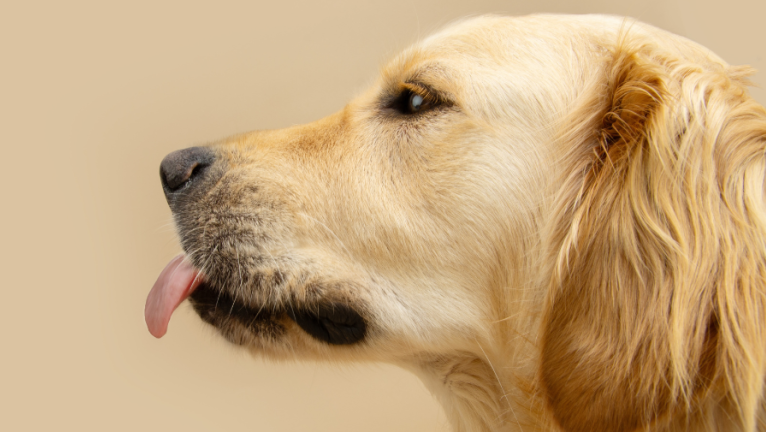
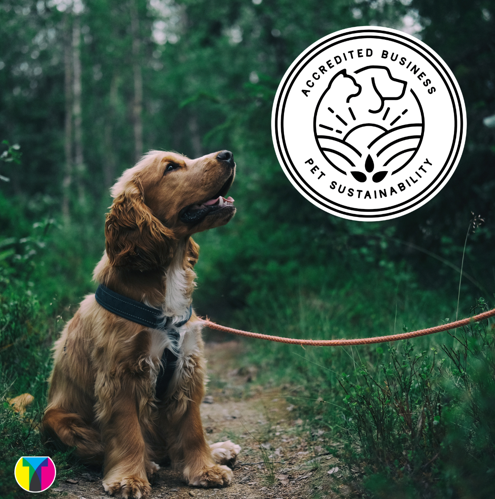


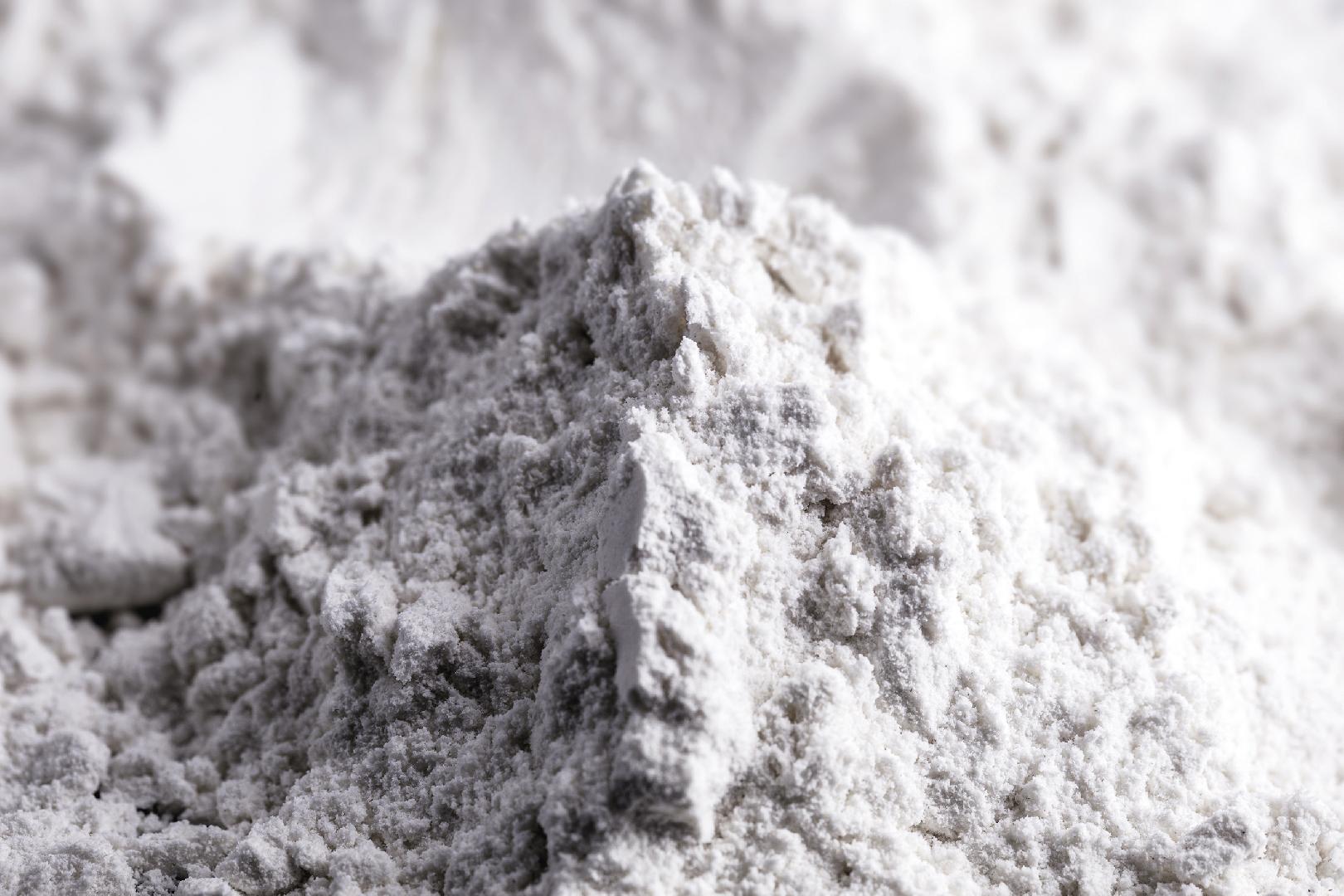
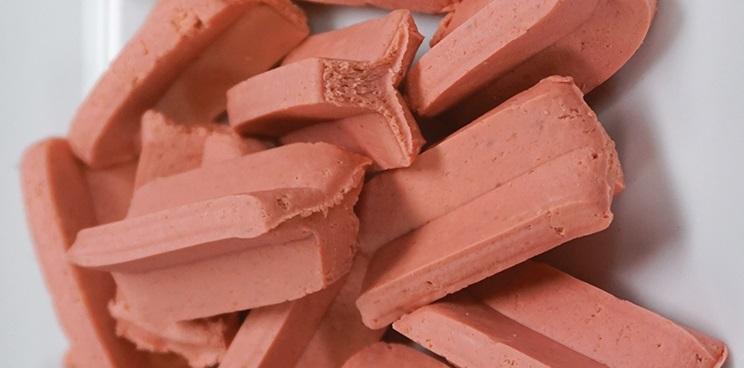















Leave a comment